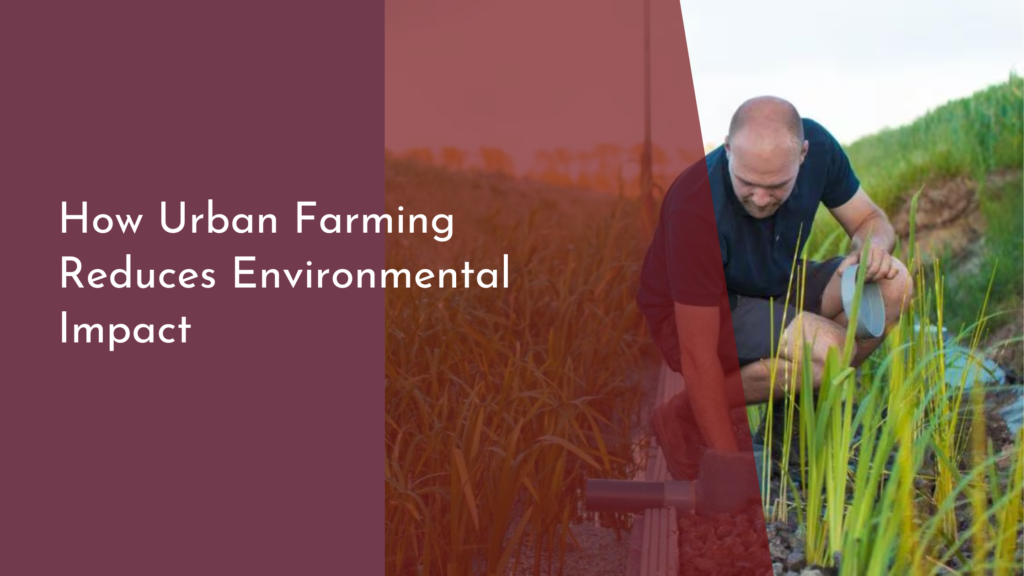Agroforestry in Sustainable Wetland Agriculture
Agroforestry, the integration of trees and shrubs into agricultural landscapes, is gaining traction as a sustainable practice, particularly in wetland areas. With the increasing pressures of climate change and food security, innovations in farming techniques are essential. Wetlands, recognized for their biodiversity and ecosystem services, can greatly benefit from agroforestry practices. This article explores the multifaceted benefits of agroforestry in sustainable wetland agriculture, the synergy between ecology and agriculture, inspiring success stories, and actionable steps to implement agroforestry in your farming practices.
Discover the Benefits of Agroforestry in Wetlands
Agroforestry offers numerous ecological and economic benefits in wetland settings. One of the most significant advantages is the enhancement of biodiversity. By incorporating trees and shrubs, farmers can create habitats for various wildlife species, thereby enriching the ecosystem. Moreover, these plants can improve soil structure and fertility through their root systems, which help prevent erosion and maintain moisture retention—critical factors in wetland environments.
In addition to ecological benefits, agroforestry can lead to increased agricultural productivity. The diverse plant life supports pest management by attracting beneficial insects and creating a more balanced ecosystem. Furthermore, farmers can diversify their income streams by harvesting multiple products, such as fruits, nuts, and timber, alongside traditional crops. This diversification not only improves food security but also makes farming operations more resilient to market fluctuations and climate variability.
Combining Ecology and Agriculture for a Greener Future
The intersection of agriculture and ecology through agroforestry promotes sustainable land use while addressing environmental challenges. In wetlands, the interplay between aquatic and terrestrial ecosystems is crucial. Agroforestry systems can help purify water by filtering runoff and reducing nutrient load, which is particularly important for maintaining the health of aquatic habitats. This synergy ensures that both farming and ecosystem health are prioritized, setting the stage for a more sustainable future.
Moreover, agroforestry practices can mitigate the impacts of climate change. Trees sequester carbon dioxide, contributing to climate regulation while providing shade and shelter for crops. This not only helps in temperature regulation but also reduces water evaporation from the soil, ensuring better moisture levels for plant growth. Implementing these practices fosters a more sustainable relationship between agriculture and the environment, ultimately leading to healthier ecosystems and more productive farms.
Success Stories: Agroforestry Transforming Wetland Farming
Around the globe, innovative farmers have successfully implemented agroforestry practices in wetland areas, yielding remarkable results. In regions like Southeast Asia, farmers have integrated rice cultivation with mangrove planting. This approach not only protects the rice paddies from salinity but also restores vital coastal ecosystems, providing a breeding ground for fish and crustaceans. The dual benefits of increased yields and enhanced biodiversity have inspired other farmers to adopt similar practices.
In another inspiring case, farmers in the Mississippi River Delta have incorporated agroforestry into their sugarcane and rice farming. By planting trees along the edges of their fields, they have improved soil health and reduced erosion while providing habitat for wildlife. Additionally, these initiatives have garnered support from local governments and NGOs, emphasizing the potential for agroforestry to promote community resilience and sustainable agricultural practices in wetland regions.
How to Get Started with Agroforestry Practices Today!
Starting with agroforestry practices in wetland agriculture doesn’t have to be daunting. First, assess your land to understand its unique characteristics, such as soil type, water availability, and existing vegetation. This information will help you determine which trees or shrubs are best suited for your specific environment. Local agricultural extension services, universities, and NGOs can provide valuable resources and expertise to guide you through the planning process.
Once you have a plan, begin implementing agroforestry practices gradually. Start with small pilot areas to monitor the effects of integrating trees with your crops. Consider planting nitrogen-fixing species to enhance soil fertility or fruit-bearing trees that can provide additional income. Engage with other local farmers to share insights and experiences, fostering a supportive community around agroforestry. By taking these initial steps, you can contribute to a greener, more sustainable future for wetland agriculture.
Agroforestry in sustainable wetland agriculture is a promising pathway to address the dual challenges of food security and environmental conservation. By combining the benefits of trees with traditional farming practices, we can create resilient agricultural systems that thrive alongside vibrant ecosystems. As more farmers embrace these practices, the positive impacts on biodiversity, soil health, and community resilience will become increasingly evident. It’s time to cultivate a greener future—one that nourishes both people and the planet!

